Most major research universities view their international standing as a vital part of their strategic plans.
With powerful global networks universities can find the best academic talent, attract the brightest students and produce collaborative, innovative research that exploits the resources of multiple institutions and tackles matters of global concern.
Times Higher Education has compiled a list of the top 100 most international universities using the “international outlook” indicator from the Times Higher Education World University Rankings. This examines a university’s international student numbers, its percentage of international staff and the proportion of its research papers published with a co-author from at least one other country. The list is drawn from the world’s top 400 of the World University Rankings 2013-2014.
100 - 77
| Rank | Institution | International outlook |
|---|---|---|
| =99 | National University of Ireland, Galway | 69.5 |
| =99 | University of Tasmania | 69.9 |
| 98 | University of Toronto | 70.0 |
| 97 | University of Alberta | 70.1 |
| 96 | National University of Ireland, Maynooth | 70.3 |
| =94 | University of Oslo | 70.3 |
| =94 | University of Nottingham | 70.3 |
| 93 | The University of Newcastle | 70.5 |
| =91 | Cardiff University | 70.6 |
| =91 | University of Reading | 70.6 |
| 90 | Aalborg University | 70.8 |
| 89 | Keele University | 71.2 |
| 88 | University of Sheffield | 71.6 |
| =86 | King Saud University | 72.2 |
| =86 | University of Birmingham | 72.2 |
| 85 | University of East Anglia | 72.3 |
| 84 | Vienna University of Technology | 72.4 |
| 83 | Karolinska Institute | 73.2 |
| 82 | University of Portsmouth | 73.3 |
| 81 | Deakin University | 73.4 |
| 80 | University of York | 73.6 |
| 79 | University of Glasgow | 73.7 |
| 78 | Delft University of Technology | 74.2 |
| 77 | King Abdulaziz University | 74.3 |
75 - 51
| Rank | Institution | International outlook |
|---|---|---|
| =75 | University of Liverpool | 75.0 |
| =75 | University of Bristol | 75.0 |
| 74 | University of Montreal | 75.6 |
| 73 | University of Copenhagen | 76.0 |
| 72 | Newcastle University | 76.3 |
| 71 | University of Exeter | 76.7 |
| 70 | Durham University | 76.8 |
| 69 | The Hong Kong University of Science and Technology | 77.0 |
| 68 | University of Cape Town | 77.2 |
| =66 | University of Bath | 77.4 |
| =66 | Technical University of Denmark | 77.4 |
| 65 | Université Libre de Bruxelles | 77.5 |
| 64 | McGill University | 77.8 |
| =62 | University of Adelaide | 78.2 |
| =62 | Monash University | 78.3 |
| =60 | Wageningen University and Research Center | 78.3 |
| =60 | University of Bern | 78.5 |
| 59 | University of Southampton | 79.1 |
| 58 | University College Dublin | 79.6 |
| 57 | The University of Queensland Australia | 79.7 |
| 56 | University of South Australia | 80.0 |
| 55 | University of Sussex | 80.1 |
| 54 | The University of Hong Kong | 80.3 |
| 53 | University of Manchester | 80.9 |
| 52 | University of Hertfordshire | 81.1 |
| 51 | Lancaster University | 81.2 |
50 - 26
| Rank | Institution | International outlook |
|---|---|---|
| 50 | University of Melbourne | 81.3 |
| 49 | University of Edinburgh | 81.5 |
| 48 | University of Leicester | 81.6 |
| 47 | London School of Economics and Political Science (LSE) | 81.7 |
| 46 | Massachusetts Institute of Technology (MIT) | 82.0 |
| =44 | University of Waikato | 82.4 |
| =44 | University of Essex | 82.4 |
| =42 | Victoria University of Wellington | 82.9 |
| =42 | University of Warwick | 82.9 |
| =39 | University of Surrey | 83.5 |
| =39 | Birkbeck, University of London | 83.5 |
| =39 | The University of New South Wales | 83.5 |
| 38 | University of Aberdeen | 83.6 |
| 37 | University of Wollongong | 83.9 |
| 36 | University of British Columbia | 84.2 |
| =34 | University of Fribourg | 84.5 |
| =34 | Université de Lausanne | 84.5 |
| =32 | University of Otago | 84.8 |
| =32 | The University of Sydney | 84.8 |
| 31 | University of Zürich | 85.5 |
| 30 | Trinity College Dublin | 85.9 |
| 29 | King’s College London | 86.0 |
| 28 | École Polytechnique | 86.1 |
| KTH Royal Institute of Technology | 86.2 | |
| 26 | Murdoch University | 86.4 |
25. University of Cambridge
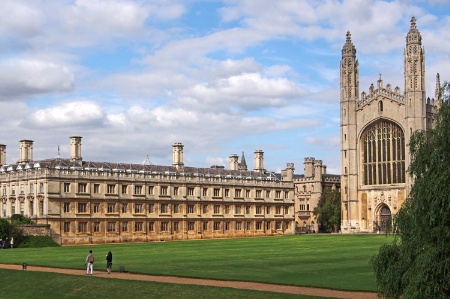
THE World University Rankings 2013-2014 position: 7
International outlook: 86.7
Cambridge alumni loom large in the making of the modern world: Newton on laws and motion; Rutherford splitting the atom; Darwin on evolution; Turing’s prototypical computer; Crick and Watson with DNA.
Founded in 1209 by Oxford scholars who quit after a dispute with the local citizenry, Cambridge now employs more than 8,500 staff and has over 18,300 students.
24. University of Technology, Sydney
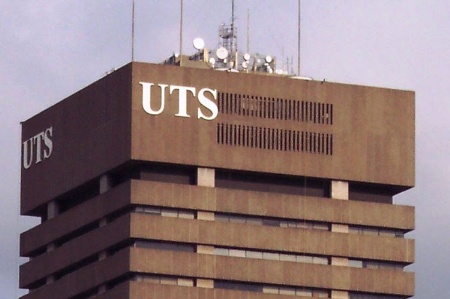
THE World University Rankings 2013-2014 position: 301-350
International outlook score: 87.3
UTS is a dynamic and innovative university in central Sydney.
One of Australia’s leading universities of technology, UTS has a distinct model of learning, strong research performance and a leading reputation for engagement with industry and the professions.
It has a culturally diverse campus life and vibrant international exchange study and research programs that prepare graduates for the workplaces of today and the future.
23. Queen’s University Belfast
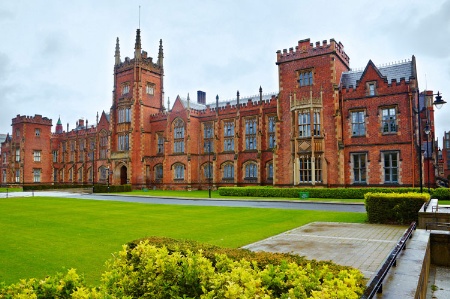
THE World University Rankings 2013-2014 position: 251-5
International outlook score: 87.5
Founded by Queen Victoria in 1845, just 90 students constituted the institution’s first intake four years later.
Queen’s, which gained its current name in 1908, has more than 17,000 and an academic staff operating from three faculties: arts, humanities and social sciences; medical, health and life sciences; and engineering and physical sciences.
22. Heriot-Watt University
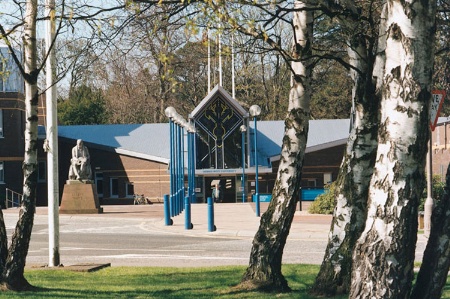
THE World University Rankings 2013-2014 position: 301-350
International outlook score: 87.8
Founded in 1821, Heriot-Watt had the world’s first Mechanics Institute.
The university delivers degree programmes to 11,800 students in 150 countries around the world, has a campus in Dubai, a new one opening in Malaysia, and boasts the largest international student cohort in Scotland.
=19. University of Canterbury

THE World University Rankings 2013-2014 position: 301-350
International outlook score: 88
This South Island institution, dating from 1873, is New Zealand’s second-oldest university.
Canterbury offers degrees in subjects including speech and language therapy, social work and forestry to around 16,000 students, including about 1,200 international students from more than 80 countries.
=19. University of Auckland
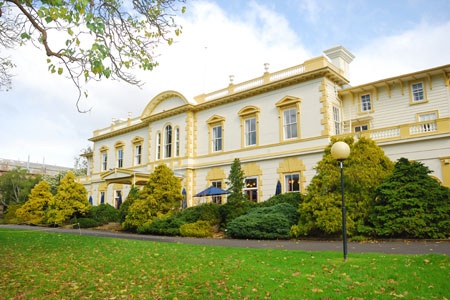
THE World University Rankings 2013-2014 position: 164
International outlook score: 88
Economist William Phillips, who taught here from 1969 to 1975, observed a historical inverse relationship between countries’ unemployment and inflation rates, a phenomenon now known as the Phillips Curve.
Set up in 1883, the university has a diverse community of more than 5,000 international students from more than 90 different countries
Ex-prime ministers David Lange and Helen Clark studied here.
=19. Queen Mary, University of London
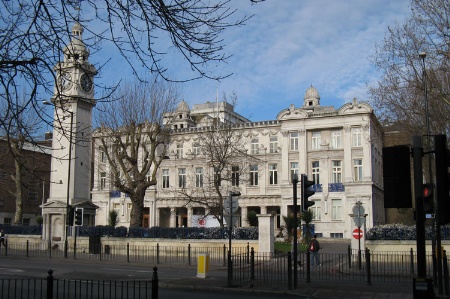
THE World University Rankings 2013-2014 position: 114
International outlook score: 88
Joining the University of London as a constituent college in 1915, Queen Mary has 19th-century roots in the East End’s People’s Palace movement. But after merging with Barts and the London medical schools, the combined institution can now look back to 12th-century origins.
18. The University of Western Australia
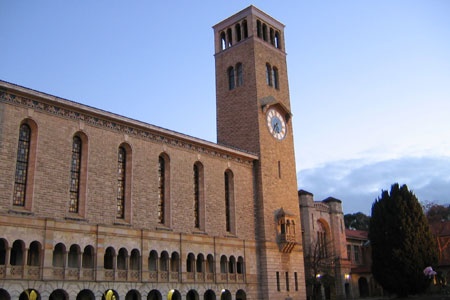
THE World University Rankings 2013-2014 position: 168
International outlook score: 88.6
John Winthrop Hackett, a newspaper editor and owner, founded the university in 1911. It was the first free higher education institution in the British Empire, actively promoting equal access to tertiary education for the masses.
17. University of St Andrews
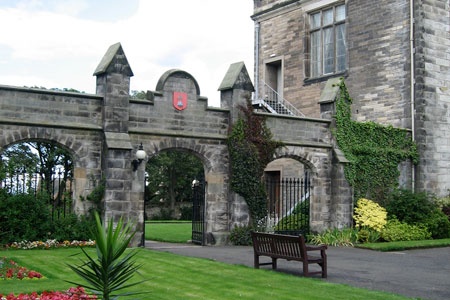
THE World University Rankings 2013-2014 position: 117
International outlook score: 88.8
Rectors at Scotland’s oldest, and the English-speaking world’s third-oldest, university, dating from 1413, have included John Stuart Mill and John Cleese.
Academic dress is commonly worn by many of its 8,600-plus students and approximately 800-strong faculty.
St Andrews has strong American links, with three Declaration of Independence signatories attending it or receiving its degrees - James Wilson, Benjamin Franklin and John Witherspoon.
=15. Brunel University
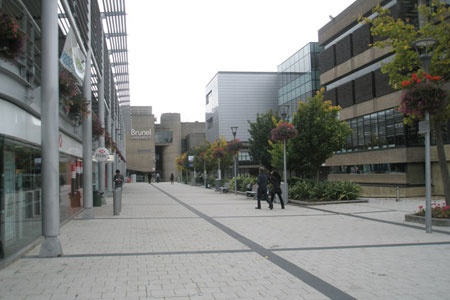
THE World University Rankings 2013-2014 position: 251-5
International outlook score: 89.1
Named after Victorian engineer Isambard Kingdom Brunel, the institution was founded in 1928 as Acton Technical College.
It became a university in 1966 and is now served by around 1,100 academic, professional and research staff across eight schools.
=15. Maastricht University
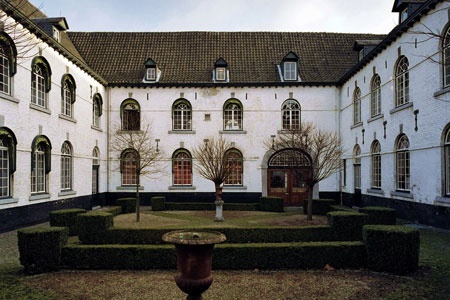
THE World University Rankings 2013-2014 position: 98
International outlook score: 89.1
Maastricht University is a fully bilingual (Dutch & English) university. They offer a wide range of bachelor’s, master’s and PhD programmes with a strong international and European orientation, most of which are taught in English.
Almost half of the student population and a third of our academic staff is non-Dutch, making UM by far the most interNational University in the Netherlands, and indeed among the most international universities on the European continent.
14. University of Vienna
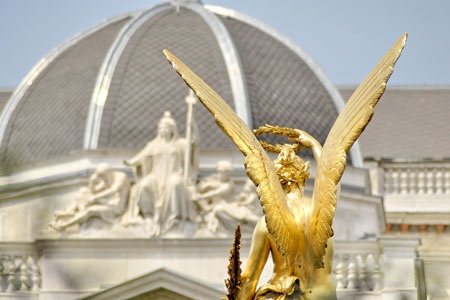
THE World University Rankings 2013-2014 position: 170
International outlook score: 89.5
The German-speaking world’s oldest university (established in 1365) made notable contributions to 20th-century medicine, producing five Nobel winners (in 1914, 19, 1930, 1936 and 1973).
Other laureates include Erwin Schrödinger (Physics, 1933) for pioneering quantum wave mechanics and Friedrich von Hayek (Economics, 1974).
=12. University College London
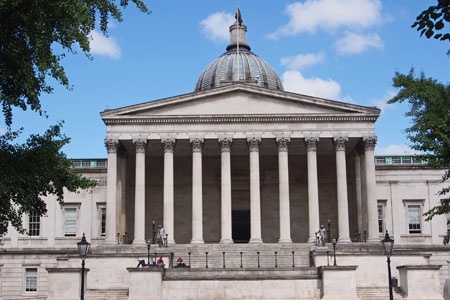
THE World University Rankings 2013-2014 position: 21
International outlook score: 90.2
Alumni of Britain’s first university to admit women on equal terms include Jonathan Ross, Jonathan Dimbleby, Robert Browning, Jomo Kenyatta and cricketer David Gower.
Students from 150 countries study at UCL, making up more than a third of the student body.
=12. University of Oxford
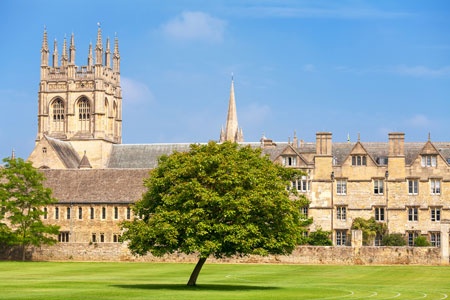
THE World University Rankings 2013-2014 position: 2
International outlook score: 90.2
Twenty-six British prime ministers, at least 30 other world leaders, 12 saints and 20 archbishops of Canterbury have been Oxonians.
Oxford virtually invented college life in the 13th century. The world’s third-oldest surviving university offers approximately 12,000 undergraduates a choice of 38 colleges and six permanent private-residence halls.
11. Nanyang Technological University
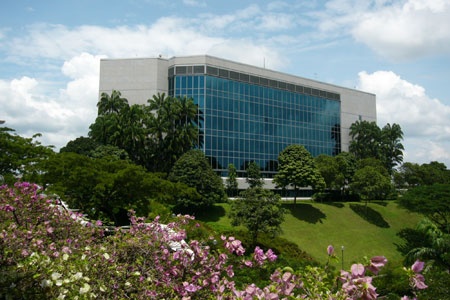
THE World University Rankings 2013-2014 position: 76
International outlook score: 91
A melting pot of international talents, NTU’s multidisciplinary learning environment is supported by top-notch faculty, led by NTU President Professor Bertil Andersson, a world-renowned biochemist, former Trustee of the Nobel Foundation and winner of the prestigious 2010 Wilhelm Exner Medal; and Provost, Professor Freddy Boey, a leading authority in materials science and engineering who invented the world’s smallest piezoelectric heart pump in 2003.
=9. Macquarie University
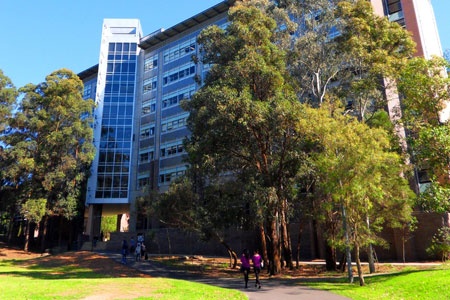
THE World University Rankings 2013-2014 position: 6-300
International outlook score: 91.1
Named after the 19th-century colonial governor and reformer Lachlan Macquarie, Sydney’s third university opened in 1964 on 310 acres of rolling bush 10 miles from the city centre.
=9. Universität Basel
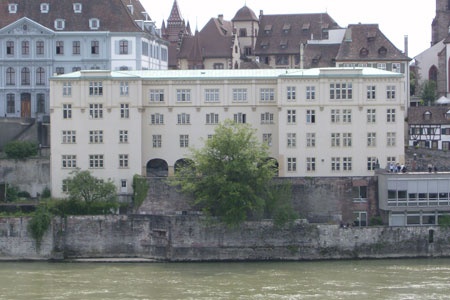
THE World University Rankings 2013-2014 position: 74
International outlook score: 91.1
Switzerland’s oldest university is associated with, among many other notables, Erasmus, Paracelsus, Nietzsche and Jung.
=7. University of Innsbruck
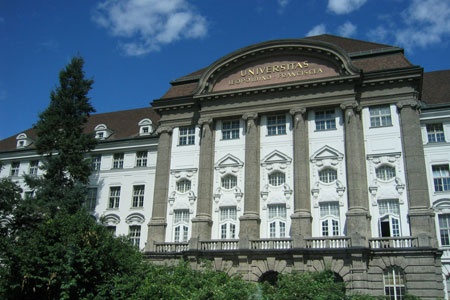
THE World University Rankings 2013-2014 position: 201-225
International outlook score: 91.4
A university without a main campus, Innsbruck is spread across the Alpine-gateway city.
Before 2005, it had just six faculties, but is much more extensive today: it now employs 4,500 staff and faculty members, and has more than ,500 students in 16 faculties.
A fully formed university since 1669, its parent institution, the Innsbruck Academic Gymnasium, was financed by Tyrolean salt-mine revenues.
=7. Australian National University
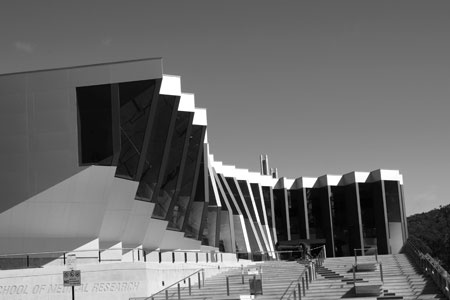
THE World University Rankings 2013-2014 position: 48
International outlook score: 91.4
Old Canberra House dates from 1913 and is the oldest building on ANU’s 145-acre greenfield campus, established by an Act of the Federal Parliament in 1946 to house the university in the heart of Australia’s “bush capital”.
6. Imperial College London
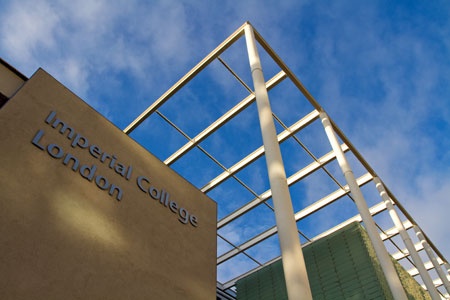
THE World University Rankings 2013-2014 position: 10
International outlook score: 91.8
With an emphasis on research, Imperial has four faculties - medicine, natural science, engineering and business.
Founded in 1907 as a constituent college of the University of London, it became independent in 2007.
Its main campus in London’s museum quarter and seven others house students from 126 countries.
5. Royal Holloway, University of London
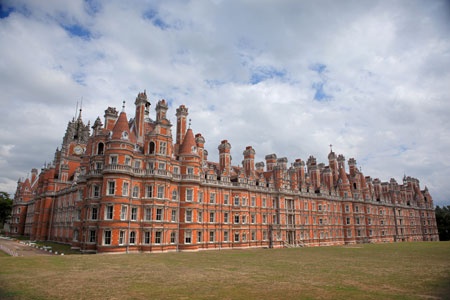
THE World University Rankings 2013-2014 position: 102
International outlook score: 92.6
Two Victorian pioneers of women’s higher learning - Elizabeth Jesser Reid and Thomas Holloway - lie behind Royal Holloway, a constituent college of the University of London formed by the merger of Bedford College and the original Royal Holloway College.
4. National University of Singapore
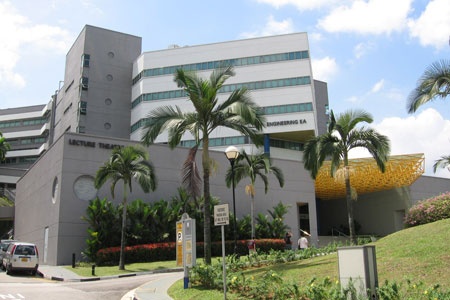
THE World University Rankings 2013-2014 position: 26
International outlook score: 94.3
A leading global university centred in Asia, the National University of Singapore (NUS) is Singapore’s flagship university, which offers a global approach to education and research with a focus on Asian perspectives and expertise.
=2. University of Geneva
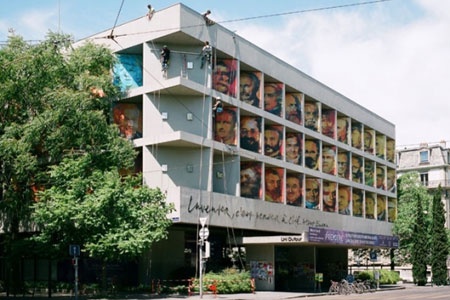
THE World University Rankings 2013-2014 position: 124
International outlook score: 96.7
One of Geneva’s eight faculties - Protestant theology - maintains the link with the university’s foundation as a seminary by John Calvin in 1559.
In 1873, the institution converted to secularism, and in the following century it attracted such intellects as Jean Piaget, George Steiner, Chaim Weizmann and Kofi Annan.
=2. Swiss Federal Institute of Technology Zürich
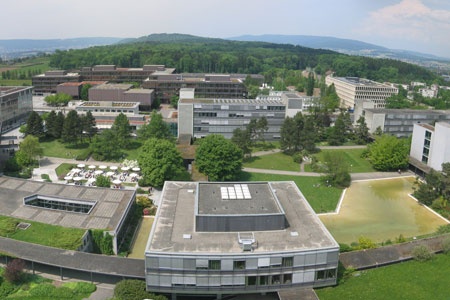
THE World University Rankings 2013-2014 position: 14
International outlook score: 96.7
You don’t have to be Albert Einstein to study here - every Swiss citizen who has sat the Matura (matriculation) is eligible - but it doesn’t hurt.
ETH Zurich (heir to the Federal Polytechnic Institute, set up in 1855) now teaches around 18,000 students from more than 100 different countries.
Einstein received his diploma here in 1901.
1. École Polytechnique Fédérale de Lausanne
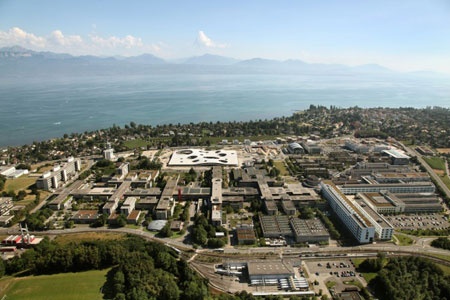
THE World University Rankings 2013-2014 position: 37
International outlook score: 98.2
Education, research and technology transfer are core to EPFL, which boasts more than 250 on-campus laboratories situated in 136 acres on the shores of Lake Geneva.
Register to continue
Why register?
- Registration is free and only takes a moment
- Once registered, you can read 3 articles a month
- Sign up for our newsletter
Subscribe
Or subscribe for unlimited access to:
- Unlimited access to news, views, insights & reviews
- Digital editions
- Digital access to THE’s university and college rankings analysis
Already registered or a current subscriber? Login

